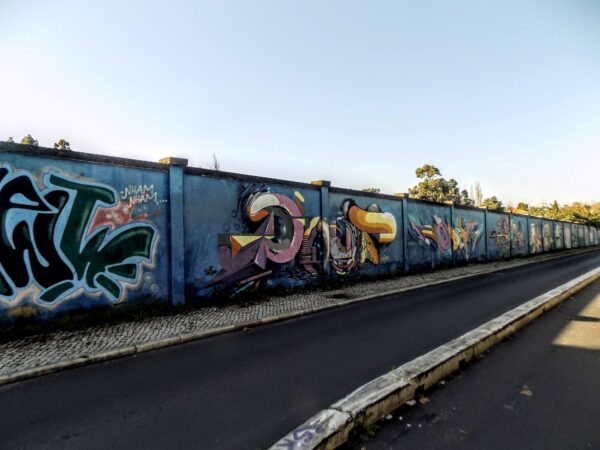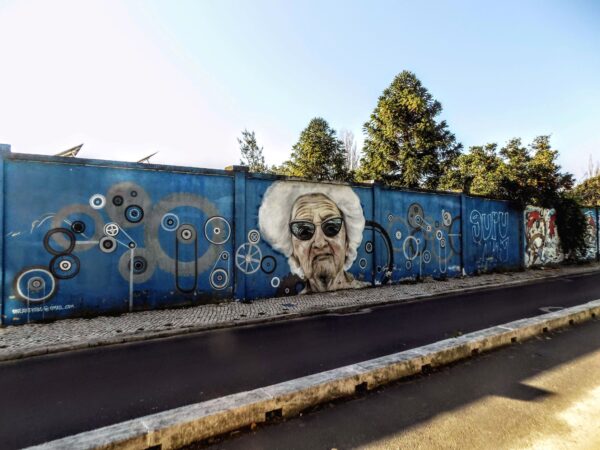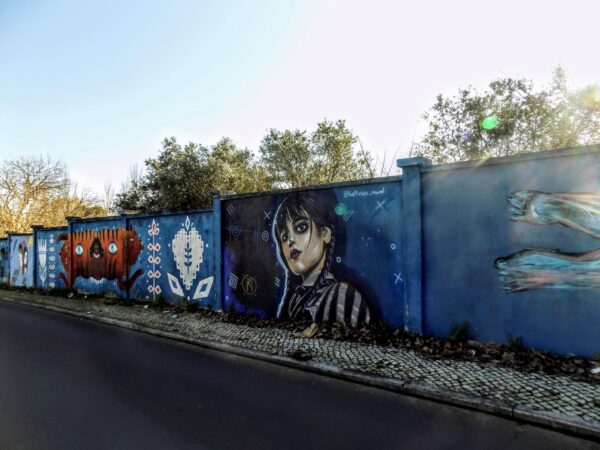To fill the empty spaces.
You might consider it strange but I often read reviews of movies or plays or music after I’ve seen or listened to them. I do this not to have the critic influence my reaction because I’ve already decided what I liked and didn’t like about the work in question. Rather, I do this to see if he or she had a similar reaction. If they do with some frequency, then that person moves into being a person whose review I think I can trust. For example, Kevin Turan was the movie critic for the Los Angeles Times and often heard on NPR. He was reliably my cinematic doppelganger. Most of the time if he praised a film, I wouldn’t like it and the movies he tended to dislike were the ones I’d typically enjoy. So when I heard or read hos review before I saw a movie, if he liked it, I’d generally skip it.
I open with this thought because, as with any game of chance, there’s always an element of risk relying on a travel recommendation from an individual with whom you don’t have this grounding. It’s a wager that can payoff handsomely and lead you someplace thrilling or it can leave you with empty pockets. They are the croupier. They’ve spun the wheel and your hope is that the ball lands where you placed your chips but you count it as a learning experience if it doesn’t.
Based on its description on Spotted By Locals, I had high hopes when Ana and I set out to see the Muro Azul (Blue Wall) in Alvalade. We had to travel to a section of the city rather distant (probably 6km) from the Pantheon but I hoped we would experience the ultimate in Lisbon’s wall art. The Muro Azul was more than merely a public art space. It was a project that began on World Mental Health Day on 10 October 2012, with the title Faces in the Blue Wall and was a joint effort between the Psychiatric Hospital of Lisbon and the Urban Art Gallery (GAU) which is the cultural arm that sponsors other wall art projects around the city such as the one alongside the Ascensor Glória.
Although the project was deemed complete in 2015, it is, like most outdoor wall art, living rather than static. Thus, after an extended trip on the Metro and a bit of a walk, we were immediately disappointed when this

rather ordinary splotch of graffiti was our first exposure to it. Fortunately, there’s such a lot of wall to see. It completely encircles a large hospital complex that includes the Psychiatric Hospital and we didn’t know what might be waiting around the bend so we continued walking. I’d estimate the entire length to be between 850 and 900 meters and at least one source calls it the longest wall art mural in Europe. Happily, it wasn’t long before we reached one of the original images that begins to express and represent the anguish of people with mental health disorders as was the intent of the project. 
(Per Google translate: No one is born tormenting life, embarrassed as I am with my hair.) Some of the images, like this woman,

and this evocation of a familiar trio,

struck an emotional chord in me. But to confirm the ever-changing nature of this art form, there was also this quite contemporary image.

Was this the jungle.
When we had finished our circumnavigation of the wall, Ana and I set off for what would be our last stop of the day, the Estufa Fria. Since I’m too lazy to learn how to create my own map in Google Maps, I’ve used this screen capture to give you some idea of the ground we covered. (Although the map is set as though we walked everywhere, we actually used a combination of walking with public transportation. Each stop is printed in bold and you can see the sequence on the left side of the map.)

The Estufa Fria, which translates to English as Cold Greenhouse, was the result of a happy accident. In the first decades of the twentieth century the site of the Estufa Fria was an abandoned basalt quarry. A local gardener, who had collected plant species from around the globe and whose name my cursory research hasn’t unearthed, used the natural warmth of the abandoned space as a temporary shelter. The outbreak of the First World War interfered with the gardener’s plans to plant his collection along the Avenida da Liberdade because the UK, asserting the conventions of the world’s oldest active treaty, drew the Portuguese, who had hoped to remain neutral, into the war effort.
To the surprise of many, the plants flourished in this environment and, with the approval of the Lisbon Council, the Portuguese architect Raul Carapinha conceived and designed the project that became the Estufa Fria. It opened in 1933 and it’s called a cold greenhouse because its temperature is controlled without using any heat generating mechanisms. The fixed wooden framework with a light permeable covering protects the plants from Lisbon’s cool winters and diffuses the summer sunlight in a way that protects them from any excess heat.
Concurrent with the redesign of Parque Eduardo VII by Francisco Keil do Amaral, the building underwent a redesign just a dozen years later. Amaral added a lake and an assembly hall in the process. The addition of the Estufa Quente (Hot Greenhouse) and the Estufa Doce (Sweet Greenhouse) in 1975 further enlarged the site. The Estufa Fria remains the largest section occupying about 70 percent of the 1.5 hectare space (8,100 square meters). The Estufa Quente uses about 3,000 square meters and the Estufa Doce the remaining 400.
Although I would have happily paid the minimal entry fee for both of us (3.1 euros for Ana and half that for the old guy with her), Ana was somehow able to work some magic with the box office that gained us both free admission. I was equally happy to save the €4.65.

Strolling through the greenhouses was a lovely and serene way to end what had been a most pleasant day and one on which Ana and I established the basis for a budding friendship that I hope to renew on my next stay in Lisboa. I took very few pictures in part because we were once again rapt in conversation but also due to my negligible botanic knowledge. For me, it was enough to enjoy the greenery and the company.
Time to say goodbye.
We left the garden and casually strolled through the park and the remnants of the Winter Wonderland (that had been extended because it had been closed for a few days in December due to heavy rains) down to the Praça Marquês de Pombal where we took our leave. Because of the train strike, Ana wanted to call an Uber and, if she thought this would be the most convenient place to do so, I saw no reason to impose on her time any longer. Before I left Lisboa, we’d exchange a few text messages – one of which played a role in my decision whether or not to return.
For me, it was a relatively easy walk down down the Avenida through Restauradores, Praça Dom Pedro IV, and Praça Figueira – areas whose names you probably recognize and that might even be vaguely familiar to you by now – back to my rented flat and a much needed rest before a dinner of leftovers.
Although I will be in Lisbon for another four full days, in part by design and in part by chance, I’ll do very little sightseeing in the time I have left.